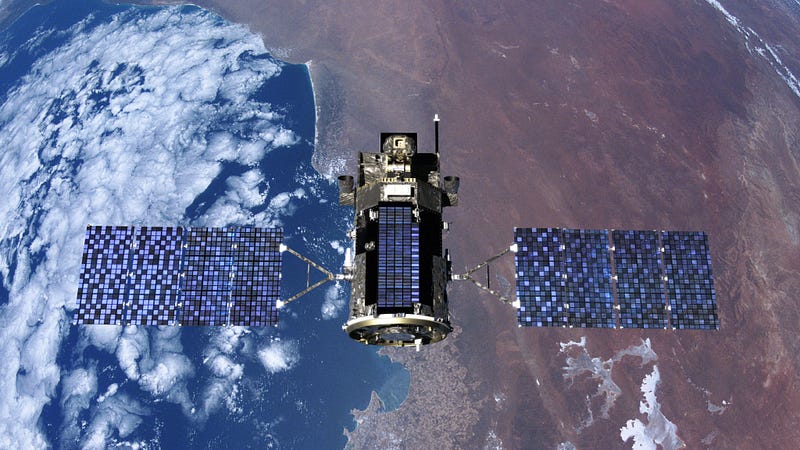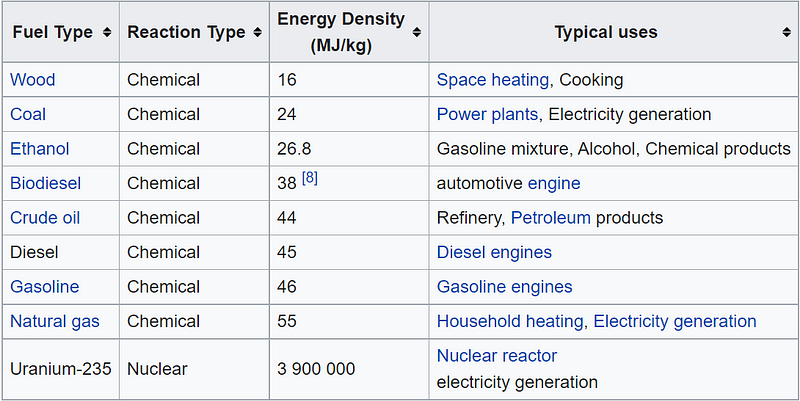The Revolutionary Battery: A Deep Dive into RTGs
Written on
Chapter 1: Understanding RTGs
Have you ever imagined a battery that could potentially operate continuously for two decades without needing a recharge? Surprisingly, this isn’t just a thought experiment; it’s a reality, though it may sound like something out of science fiction. The catch? This device isn’t exactly what we typically think of as a battery.
The term "battery" usually refers to a device that transforms chemical energy into electrical energy. However, this particular device operates by converting thermal energy into electricity. If we expand our definition of a battery to include any portable energy source that doesn’t need external power, then we can indeed classify this device as a battery.
More accurately, it is known as a Radioisotope Thermoelectric Generator (RTG). As its name suggests, it generates electricity by harnessing the decay of radioactive materials. An example of this technology can be seen in the Cassini space probe, which successfully operated for over 20 years. But how does this all work?
Section 1.1: The Mechanism Behind RTGs
An RTG, like the one used in Cassini, operates based on a straightforward principle. A radioactive material, such as plutonium-238, generates heat as its unstable isotopes decay, emitting energetic alpha particles. As these particles travel, they lose kinetic energy, which is converted into heat. Notably, plutonium-238 is inherently warm, with a half-life of nearly 88 years, ensuring a consistent heat source.
To generate electricity from this heat, we connect two different metal wires and heat one while keeping the other cool. This temperature difference creates an electrical current. The cooling source? The frigid environment of space itself, which is ideal for dissipating excess heat. Each RTG is equipped with fins that help facilitate this radiative cooling process.
So, why go through this complex setup instead of using a conventional turbine? Turbines, while effective, have moving parts that can wear out over time. RTGs, in contrast, are designed without moving parts, allowing them to function for hundreds of thousands of hours with minimal maintenance. This does come with a trade-off in terms of efficiency and cost, but for space missions, the benefits far outweigh these drawbacks.
Section 1.2: Limitations of RTGs

Solar panels are effective for power generation in space, particularly when close to the sun. However, Cassini ventured into the distant reaches of the solar system, where sunlight is weak and inconsistent. The fragility of solar panels and potential obstructions by celestial bodies make them a less practical choice in such environments. RTGs provide a more reliable energy source for missions in these remote areas.
Chapter 2: The Challenges of RTGs
Would it be feasible to use an RTG in a car for unlimited energy? Unfortunately, it’s not that simple. While RTGs have an impressive energy density, their output is limited, making them unsuitable for everyday applications like vehicles. Additionally, the radioactive materials involved pose significant safety risks, especially in urban environments where accidents can occur.
The final question: why was Cassini intentionally destroyed? As it completed its mission, it was directed into Saturn’s atmosphere to ensure the complete disposal of its radioactive components. This was a responsible choice, ensuring no hazardous materials would remain in space, particularly near potentially habitable moons like Enceladus.
Radioisotope Thermoelectric Generators may sound like something out of a sci-fi narrative, but they are rooted in simple yet effective scientific principles. The engineering challenges involved in creating these marvels are complex, but the underlying science is fascinating.
The first video highlights the highest energy density battery currently available, showcasing its ability to power electric vehicles with a remarkable 1250-mile range.
The second video presents the most powerful 12v system ever constructed, providing insights into its design and capabilities.
Finally, let’s examine the energy densities of various fuels to understand why no chemical energy source, including conventional batteries, can compare to the power of an RTG.
